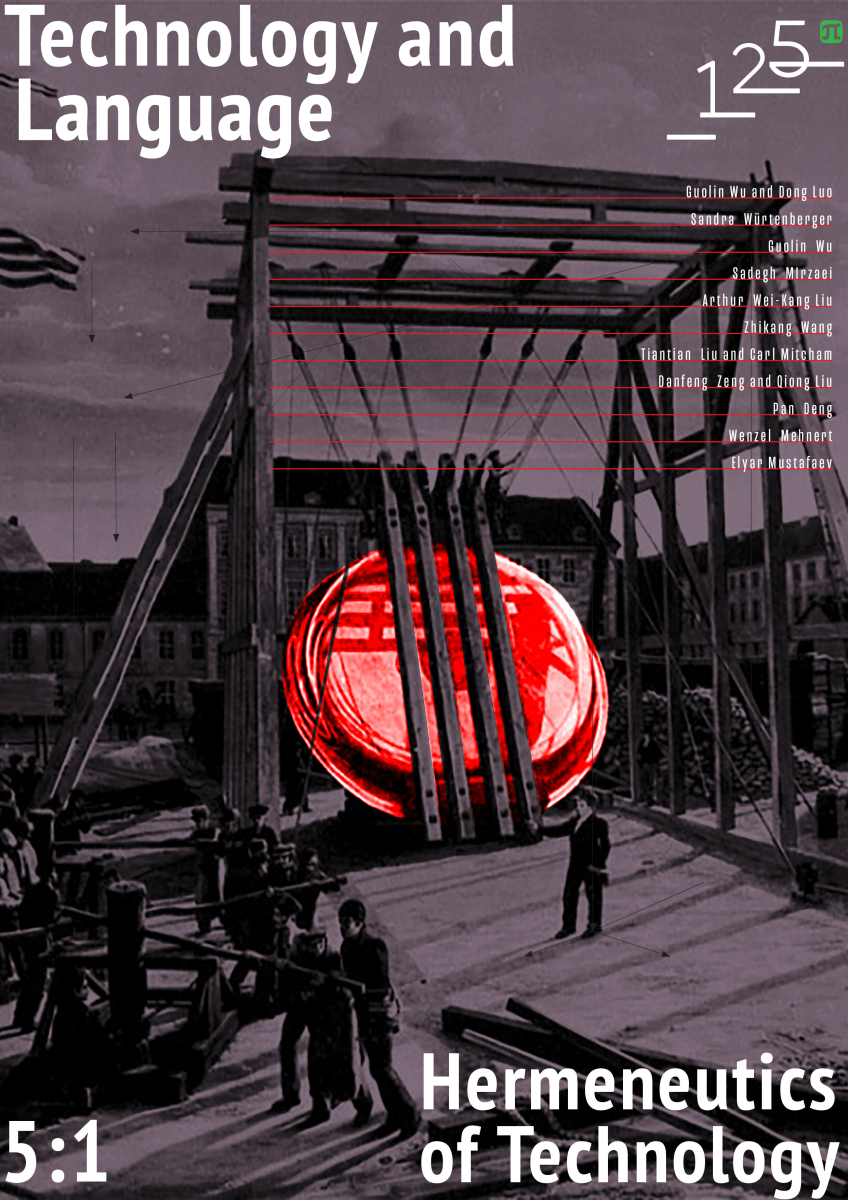The Problem of Measurement in Quantum Physics and the Description of Consciousness
The problem of measurement in quantum physics is interesting because it demonstrated the need to “include” consciousness in the measurement process as a kind of being. John von Neumann showed that the measurement process in which the wave function is reduced cannot be described as a purely physical process and requires the introduction of the subject's consciousness for its description. In the history of physics many physical concepts of measurement were proposed, but it is still not possible to integrate consciousness into the structure of measuring experience. The purpose of this article is to demonstrate that the problem of measurement in quantum physics is not to find a description of the reduction of the wave function as a physical process, but to find a way to describe the activity of consciousness in the measurement process and the “influence” of consciousness on the physical world. The analysis of the measurement procedure as a physical process shows that the observer appears in the reasoning process when it is necessary to draw a line between the observed and the observer. Wherever we draw this line, it is necessary to fix the fact that something is perceived, that is, realized by the observer. The problem of measurement contains a philosophical problem, which is to describe the act of the emergence, the birth of consciousness. The theme of the emerging consciousness refers us to the Kantian theory of the transcendental subject whose being is characterized by unconditionality, non-objecthood, spontaneity. Most of all, an action which in psychology is called a habit fits these characteristics. Habits are diverse, but in order to describe spontaneous acts of the transcendental Self, the result of which is the emergence of consciousness, I propose to consider semiotic action- It consists in the fact that the perceived object must be expressed by replacing it with another sign, or the object must mean something to us, that is, indicate something that other is the meaning. The semiotic tendency to consider everything either as a sign that has some meaning, or as a value that requires a designation, triggers consciousness. The transcendental approach treats conditions of possibility of knowledge, and the first among such conditions is putting borders between observer and observed by means of semiosis. Another important result of this paper is that in every scientific theory there must be some fictions that do not correspond to any real objects, but their existence is justified by the semiotic relations between physical objects in their theoretical presentation.



